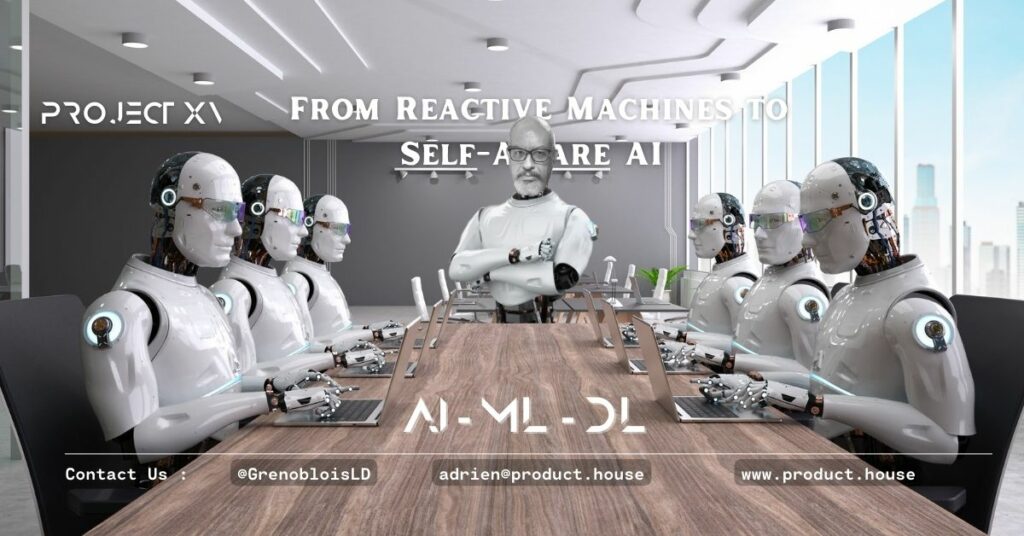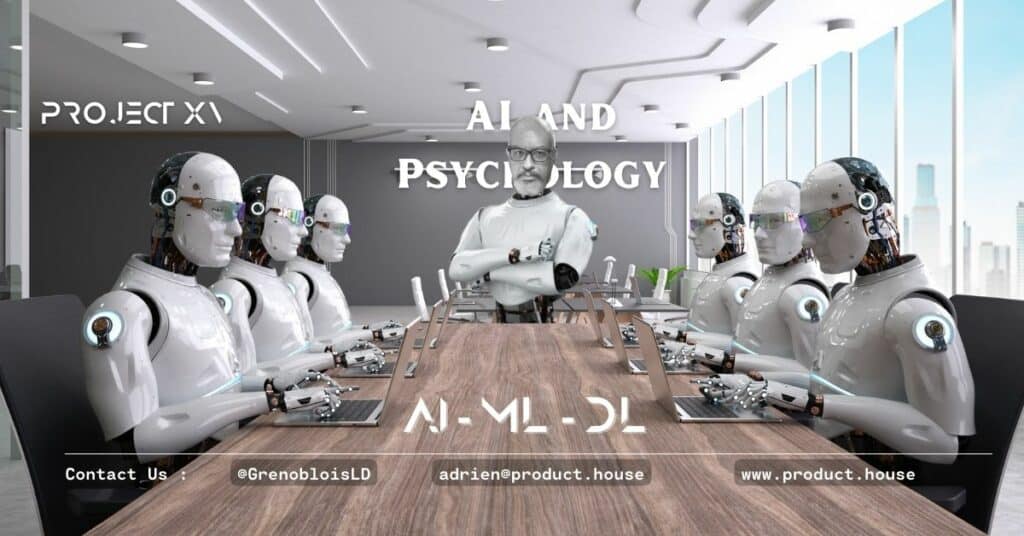From Reactive Machines to Self-Aware AI: Understanding the Different Types of AI

When most people think of AI, they likely imagine self-aware machines that can think, reason, and learn like humans. While this type of AI, known as artificial general intelligence (AGI), is the ultimate goal for many researchers, it is still a long way off from becoming a reality. In the meantime, there are several different types of AI that are currently in use, each with their own strengths and weaknesses.
Reactive Machines
Reactive machines are the simplest form of AI and are designed to respond to specific inputs. These machines do not have the ability to learn from past experiences or make predictions about future outcomes. Instead, they are programmed to react to a specific set of conditions and provide a corresponding output. Examples of reactive machines include automated teller machines (ATMs) and traffic light systems.
Limited Memory
Limited memory AI systems are designed to learn from past experiences and use that knowledge to inform future decisions. These systems are typically used in applications such as fraud detection, where historical data can be used to identify patterns and predict potential risks. However, limited memory AI systems still have significant limitations in terms of their ability to learn from new experiences or adapt to new situations.
Theory of Mind
Theory of Mind AI systems are designed to understand and model the mental states of other agents, such as humans or other AI systems. This type of AI is particularly useful for applications such as social robotics, where a machine must interact with humans in a way that is sensitive to their emotional states and intentions.
Self-Aware AI
Self-aware AI, also known as artificial consciousness, is the most advanced form of AI and represents the ultimate goal for many researchers in the field. This type of AI would have the ability to think, reason, and learn in a way that is similar to humans. However, developing self-aware AI is an extremely complex and challenging task that requires significant advances in computer hardware and software.
Current state of AI research
While the development of self-aware AI may still be a long way off, researchers are making significant progress in developing more advanced AI systems that can perform increasingly complex tasks. For example, deep learning algorithms have been used to create AI systems that can recognize faces, detect objects in images, and even beat human champions at complex games like Go and chess.
Challenges and ethical considerations
As AI becomes more advanced and integrated into our lives, there are significant challenges and ethical considerations that must be addressed. For example, there is a risk that AI systems may be used to automate jobs and displace human workers, or that they may be used to create autonomous weapons that could cause harm to humans. Additionally, there are concerns about the potential for AI to be biased or discriminatory, particularly in areas such as criminal justice or hiring.
Conclusion
Understanding the different types of AI is crucial for anyone interested in the field. While the ultimate goal of artificial consciousness may still be a long way off, the current state of AI research is already having a significant impact on our lives. As we continue to develop more advanced AI systems, it will be important to consider the ethical and societal implications of this technology and work to ensure that it is used in a responsible and beneficial way.







